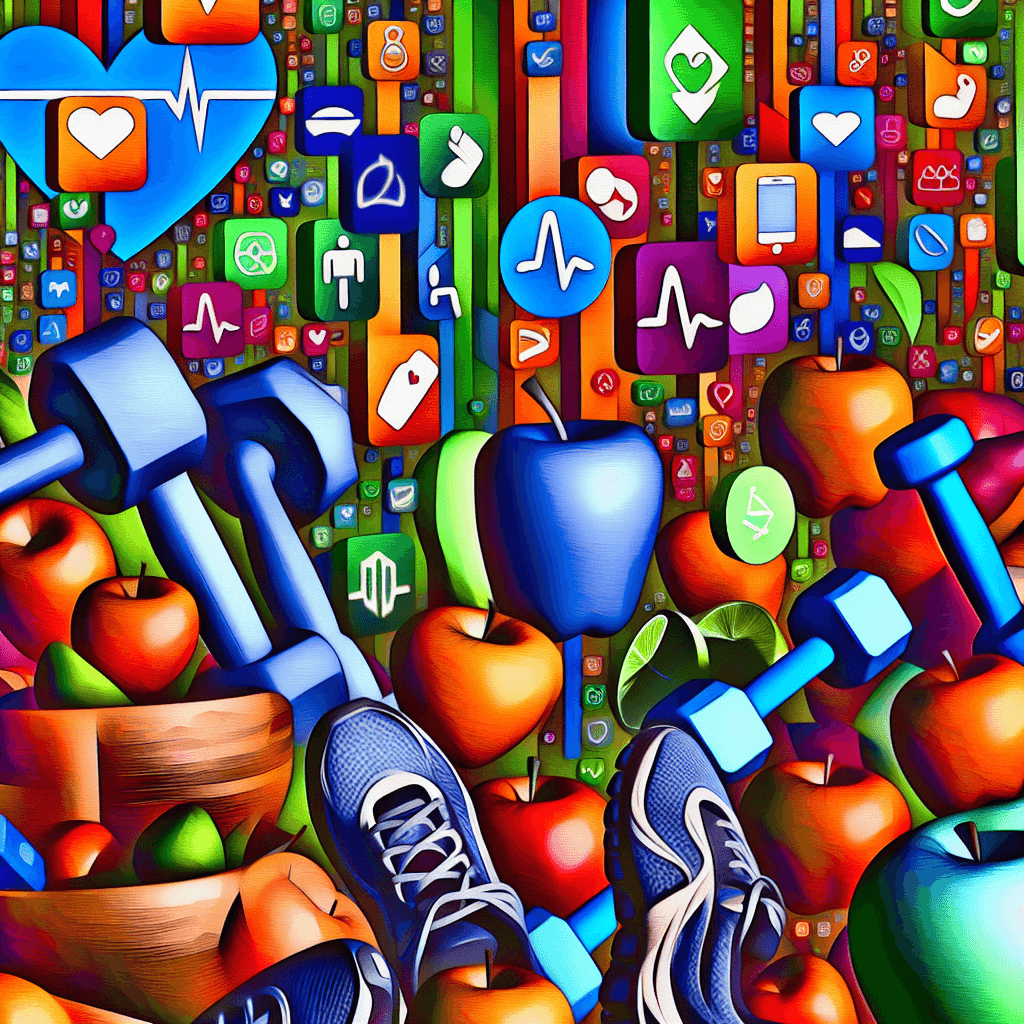Explore the booming health and fitness apps market, driving wellness trends and technology innovations for personalized healthcare solutions.
Health & Fitness Apps Market

Table of Contents
Exploring the Surge in Health & Fitness Apps Market

The health and fitness apps market has seen an unprecedented surge in recent years, driven by increasing health awareness, the availability of wearable technology, and the integration of advanced technologies like AI and machine learning. This article delves into the dynamics of this booming market, exploring key trends, notable players, and the impact of these apps on everyday health management.
Market Overview
The global health and fitness app market is experiencing robust growth, with projections suggesting a continued upward trajectory. According to a report by Grand View Research, the market was valued at approximately USD 4.4 billion in 2020 and is expected to grow at a compound annual growth rate (CAGR) of over 20% from 2021 to 2028. This growth is fueled by an increasing focus on personalized healthcare, coupled with technological advancements that make these apps more user-friendly and effective.
Key Drivers of Growth
Several factors contribute to the rapid expansion of the health and fitness apps market:
- Rising Health Awareness: More people are prioritizing health and wellness, spurred by increased knowledge about the importance of a healthy lifestyle.
- Technological Advancements: Innovations in technology, including wearable devices and IoT, have enhanced the functionality and appeal of health apps.
- Increased Smartphone Penetration: With more people owning smartphones, access to health and fitness apps has become easier, pushing their adoption even further.
- Impact of COVID-19: The pandemic has significantly altered lifestyle choices, pushing more individuals to use digital solutions to maintain their health and fitness regimes from home.
Popular Types of Health and Fitness Apps
Health and fitness apps can be broadly categorized into several types, each serving different health and fitness needs:
- Workout and Exercise Apps: These apps provide users with various workout routines that can be personalized to fit the user’s health status and fitness goals.
- Nutrition and Diet Apps: These help users monitor their dietary intake and manage their nutrition according to specific health conditions or fitness goals.
- Mental Health Apps: Focused on mental well-being, these apps offer resources and tools for managing stress, anxiety, and other mental health issues.
- Tracking and Monitoring Apps: These apps allow users to track various health metrics such as steps taken, heart rate, and sleep patterns.
Case Studies: Success Stories in the Market
Several apps have dominated the market by effectively meeting user needs and integrating innovative technologies:
- MyFitnessPal: A leader in the nutrition and diet app category, MyFitnessPal helps users track their food intake and exercise, adjusting calorie goals based on personal weight loss or fitness objectives.
- Headspace: This mental health app provides guided meditations, sleep sounds, and mindfulness exercises, helping users reduce stress and improve overall mental health.
- Fitbit: Primarily known for its wearable technology, Fitbit also offers an app that tracks physical activity, sleep patterns, and other personal metrics to provide a comprehensive view of one’s health.
Challenges and Considerations
Despite the market’s growth, there are several challenges that developers and users must consider:
- Data Privacy and Security: With apps collecting sensitive health data, ensuring privacy and security is paramount.
- Regulatory Compliance: Health apps must comply with various regulations, including those related to medical devices and data protection.
- User Engagement: Keeping users engaged over the long term remains a challenge, as interest can wane after initial download.
- Accuracy and Reliability: Providing accurate and reliable health data is crucial for user trust and effectiveness of the app.
Future Trends
The future of health and fitness apps looks promising with several emerging trends:
- Integration of AI and Machine Learning: These technologies are being increasingly used to personalize user experiences and improve the accuracy of health predictions and advice.
- Augmented Reality (AR) and Virtual Reality (VR): AR and VR are set to transform fitness training experiences, making them more interactive and engaging.
- Expansion into Holistic Health: More apps are beginning to offer features that address multiple aspects of health, from physical to mental well-being.
Conclusion
The health and fitness apps market is set to continue its rapid growth, driven by technological advancements, increased health consciousness, and the rising adoption of mobile devices. While challenges like data security and user engagement persist, the integration of innovative technologies and a shift towards holistic health are likely to spur further development and popularity of these apps. As we move forward, health and fitness apps will play a significant role in shaping how individuals manage their health and wellness in a digitally connected world.








